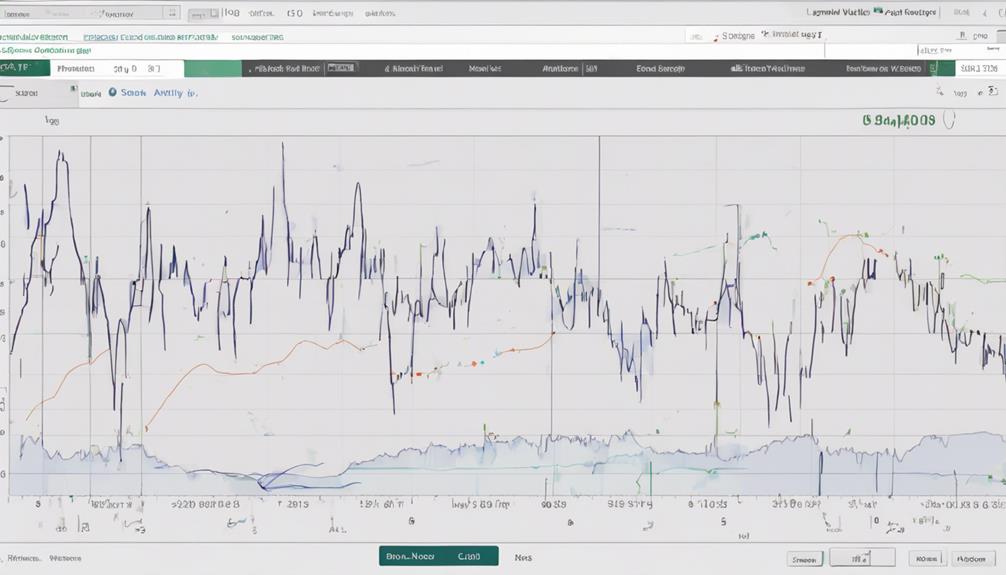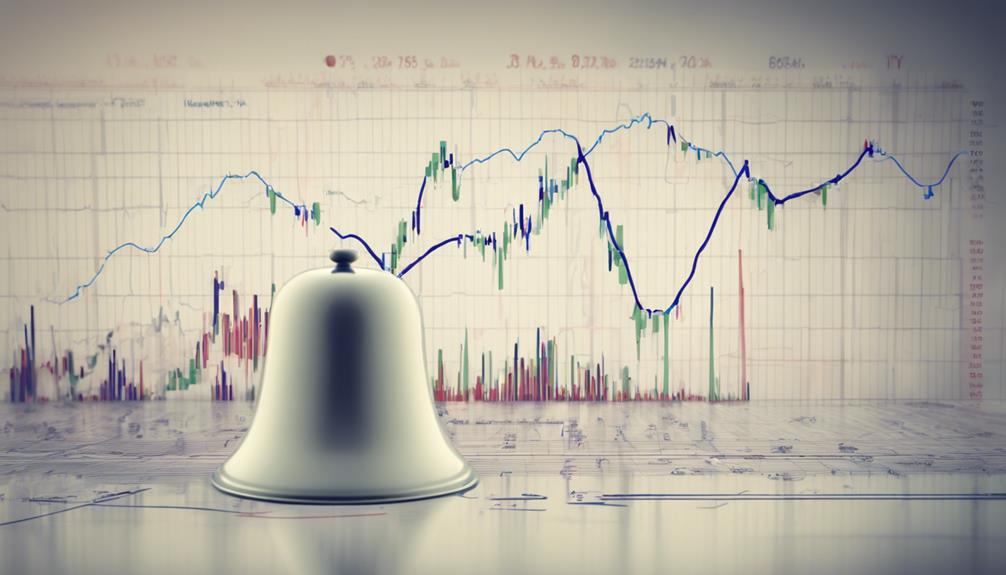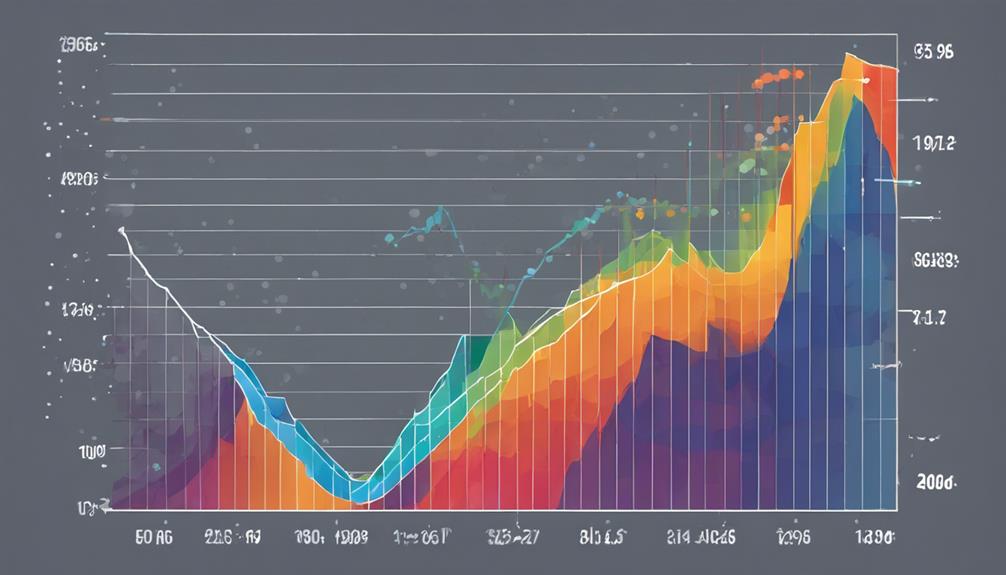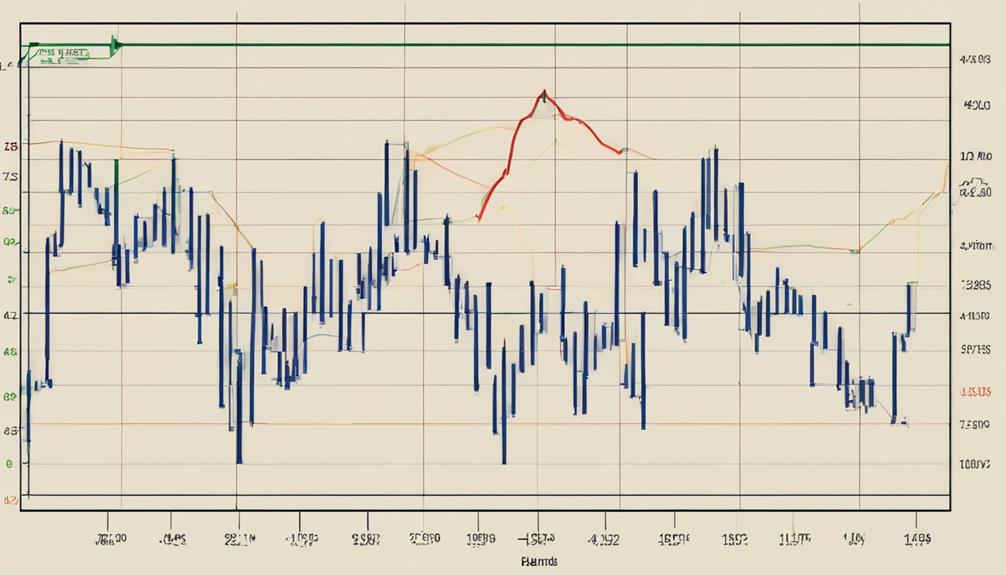Standard deviation plays a crucial role in technical analysis due to its ability to quantify market volatility and provide insights into potential price movements. By understanding how standard deviation measures price dispersion, traders can gain a deeper understanding of market dynamics and adjust their strategies accordingly.
This statistical tool not only aids in risk management but also assists in identifying profitable trading opportunities by analyzing price fluctuations. The significance of standard deviation in technical analysis lies in its capacity to enhance decision-making processes and optimize trading outcomes.
Importance of Standard Deviation
Standard deviation plays a crucial role in technical analysis by providing traders with a precise measurement of price volatility and risk levels. It serves as a key metric in assessing the dispersion of asset prices around the mean, offering insights into potential price fluctuations. By analyzing standard deviation, traders can better understand the level of risk associated with a particular asset, enabling them to make informed decisions regarding risk management and trend identification.
In trading, standard deviation is instrumental in setting stop-loss orders and determining optimal entry and exit points. It allows traders to quantify the degree of price variability in the market, enhancing trading precision. Moreover, standard deviation aids in evaluating the stability or variability of price movements, which is essential for making strategic trading decisions. Therefore, incorporating standard deviation into technical analysis methodologies is crucial for traders seeking to navigate market dynamics effectively and manage risks efficiently.
Utilizing Standard Deviation in Analysis

By incorporating statistical metrics like standard deviation into technical analysis methodologies, traders gain valuable insights into price volatility and risk assessment in financial markets. Standard deviation plays a crucial role in analyzing asset prices and understanding the variability of price movements, which is essential for making informed trading decisions.
Here are three key ways in which traders can utilize standard deviation in their analysis:
- Assessing the level of volatility: Standard deviation helps traders quantify the degree of price fluctuations in the market, enabling them to evaluate the risk associated with different assets.
- Enhancing trading strategies: By considering historical variability through standard deviation, traders can adjust their strategies to account for potential market movements and manage risk effectively.
- Improving decision-making: Utilizing standard deviation allows traders to make more informed decisions by having a clearer understanding of how prices deviate from the mean, aiding in predicting future price behavior.
Standard Deviation as a Risk Indicator

As a critical risk indicator in technical analysis, standard deviation plays a fundamental role in measuring the volatility and spread of asset prices around the mean average. High standard deviation values indicate greater price variability and risk in investments, reflecting wild price swings.
On the other hand, low standard deviation suggests stability and lower risk, indicating calm price movements within a narrow range. Understanding standard deviation helps investors assess the level of unpredictability and potential risk associated with an asset, enabling them to make informed decisions based on their risk tolerance levels.
Standard Deviation in Trading Strategies

Utilizing statistical measures like standard deviation within trading strategies allows for a comprehensive assessment of price volatility and risk levels based on historical data analysis. Traders leverage standard deviation to enhance their decision-making processes and risk management strategies in the market.
Key aspects where standard deviation plays a crucial role in trading strategies include:
- Setting stop-loss orders: Standard deviation helps traders determine optimal levels for setting stop-loss orders to manage risk effectively.
- Identifying entry and exit points: By analyzing standard deviation, traders can pinpoint potential entry and exit points in the market, improving their timing for trades.
- Understanding market sentiment: Monitoring changes in standard deviation enables traders to gauge market sentiment accurately, leading to more informed trading decisions.
Incorporating standard deviation into trading strategies not only aids in assessing price volatility and risk but also empowers traders to adapt their approaches according to market dynamics, ultimately enhancing their overall trading performance.
Enhancing Technical Analysis With Standard Deviation

Enhancing technical analysis with standard deviation provides traders with valuable insights into price volatility and risk levels in asset movements. By utilizing standard deviation as a measure of volatility, traders can better understand market behavior and anticipate potential price fluctuations.
Comparing current price data with historical movements using standard deviation aids in identifying trends and market shifts, enhancing decision-making processes. Incorporating standard deviation alongside other technical indicators can improve trading strategies by providing a more comprehensive view of price movements and potential risks.
Additionally, monitoring standard deviation levels enables traders to adjust risk management strategies based on market volatility, ensuring a more informed approach to trading. In conclusion, standard deviation plays a crucial role in enhancing technical analysis by providing a quantitative measure of volatility and risk, which ultimately leads to more effective trading strategies and better-informed decisions in dynamic market environments.
How Does Standard Deviation Play a Role in Technical Analysis of Stocks?
Standard deviation is an essential stock analysis tool in technical analysis. It helps to measure the volatility of a stock’s price. By understanding the standard deviation of a stock, investors can assess the potential risks and returns associated with it, making it a valuable tool in stock market analysis.
Frequently Asked Questions
What Is the Importance of Standard Deviation in an Analysis?
Standard deviation plays a critical role in analysis by quantifying the dispersion of data points around the mean. It provides valuable insights into the variability and risk associated with a dataset, aiding in decision-making processes and risk management strategies.
What Is Standard Deviation in Technical Analysis?
Standard deviation in technical analysis quantifies the dispersion of price data around the mean, aiding in evaluating asset price volatility and risk. It enables traders to assess price stability, anticipate fluctuations, and make informed trading decisions based on market behavior.
Why Is It Important to Know the Standard Deviation of a Stock?
Understanding the standard deviation of a stock is crucial for assessing its price volatility and potential risk. It provides insights into the spread of price movements around the average, aiding in risk management and helping traders adjust strategies accordingly.
Why Is Standard Deviation the Most Useful Way of Measuring?
Standard deviation is the most useful measure due to its ability to quantify dispersion from the mean, providing a comprehensive understanding of variability. It aids in risk assessment, trend identification, and adjustment of trading strategies based on price fluctuations.
Conclusion
In conclusion, standard deviation plays a crucial role in technical analysis by measuring market volatility, aiding in risk assessment, and enhancing trading strategies.
By utilizing standard deviation values, traders can make informed decisions, set stop-loss orders, and identify potential price trends. Its significance lies in providing valuable insights into price fluctuations, enabling traders to adjust their strategies and potentially capitalize on emerging market shifts.
Standard deviation is a fundamental tool for precision and effectiveness in trading decisions.
